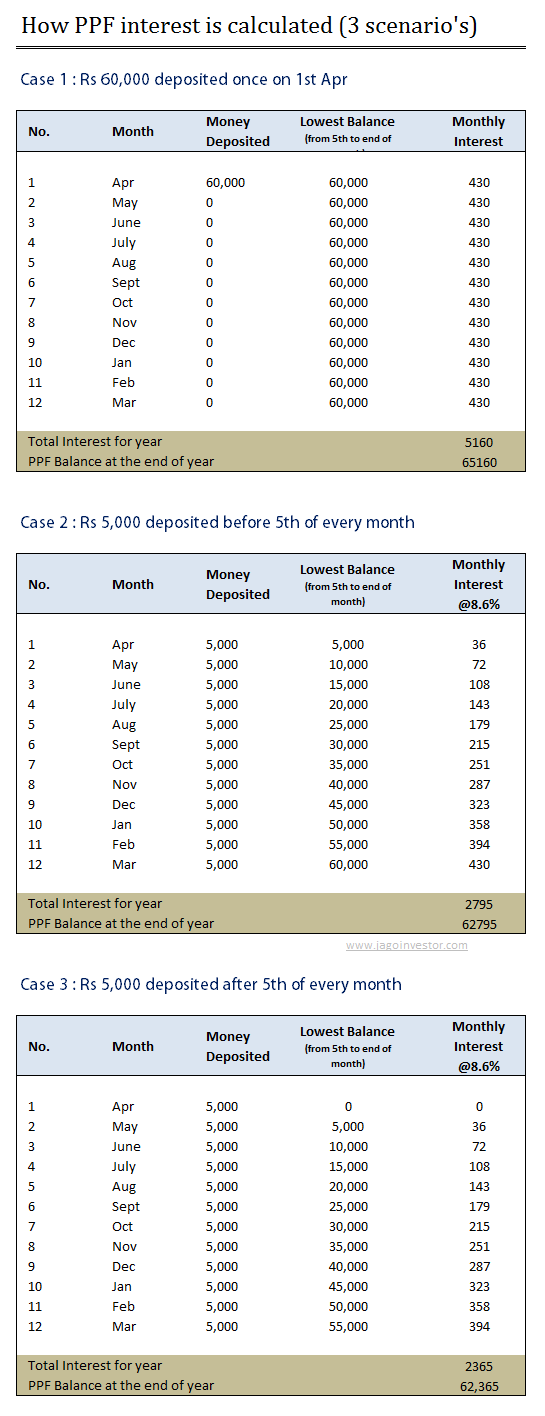Calculating Returns of Investment Formulas Examples – 1
Post on: 2 Июнь, 2015 No Comment

We invest our money in various asset classes to earn returns. But most of us don’t know correct way to calculate returns. For example
Who has earned better returns? & what method we should use to calculate returns so that we do not end up comparing apple to oranges! We are herewith article showing correct ways to compare returns with formulas and examples.
What is Return on Investment?
Return is the gain or loss in the value of an asset in a particular period. It is usually mentioned as a percentage. The general rule is that the more risk you take, the greater the potential for higher return and loss. Return on investment has two basic components.
- Interest and/or dividends. the income generated by the underlying investment.
- Appreciation (Depreciation), an increase (decrease) in the value of the investment.
Why finding return on investment is important:-
- Determining return on investment is an important part of investment review to know whether your investments are on track and make appropriate adjustments.
- Estimating a return on investment also helps in choosing among investment options – One should invest in Gold/Real Estate/Stocks/Mutual Funds/Fixed Deposits ?
Let’s learn about various kinds of returns!
Absolute return (Point to Point Returns): Absolute return is the increase or decrease that an investment achieves over a given period of time expressed in percentage terms. It’s calculated as follows:
Absolute returns = 100* (Selling Price – Cost Price)/ (Cost Price)
For example you invested in asset in February 2006 at a price of Rs 20000. And you sold the investment in November 2012 at the cost of Rs 42000. Absolute returns in this case will be:
Absolute returns = 100* (42000 – 20000)/20000 = 110%
This is most simple method to calculate returns but it does not consider time period. That is where real catch is. Most of time this method produces a large number so people are impressed!
Simple Annualized Return. The increase in value of an investment, expressed as a percentage per year. Expressed as
Simple Annualized Return= Absolute Returns/Time period.
Suppose investment of Rs 1,00,000 becomes 1,24,000 over three years.
Absolute return = 100* ( 124000 – 100000/100000 ) =24 %.
Simple annualized return = 24/3 = 8 %
Average Annual Return (AAR)
Average annual return (AAR) is the arithmetic mean of a series of rates of return. The formula for AAR is:
AAR = (Return in Period 1 + Return in Period 2 + Return in Period 3 + …Return in Period N) / Number of Periods or N
Let’s look at an example. Assume that an investment XYZ records the following annual returns:














